Who falls under Pakistan’s middle class? Netizens debate on X
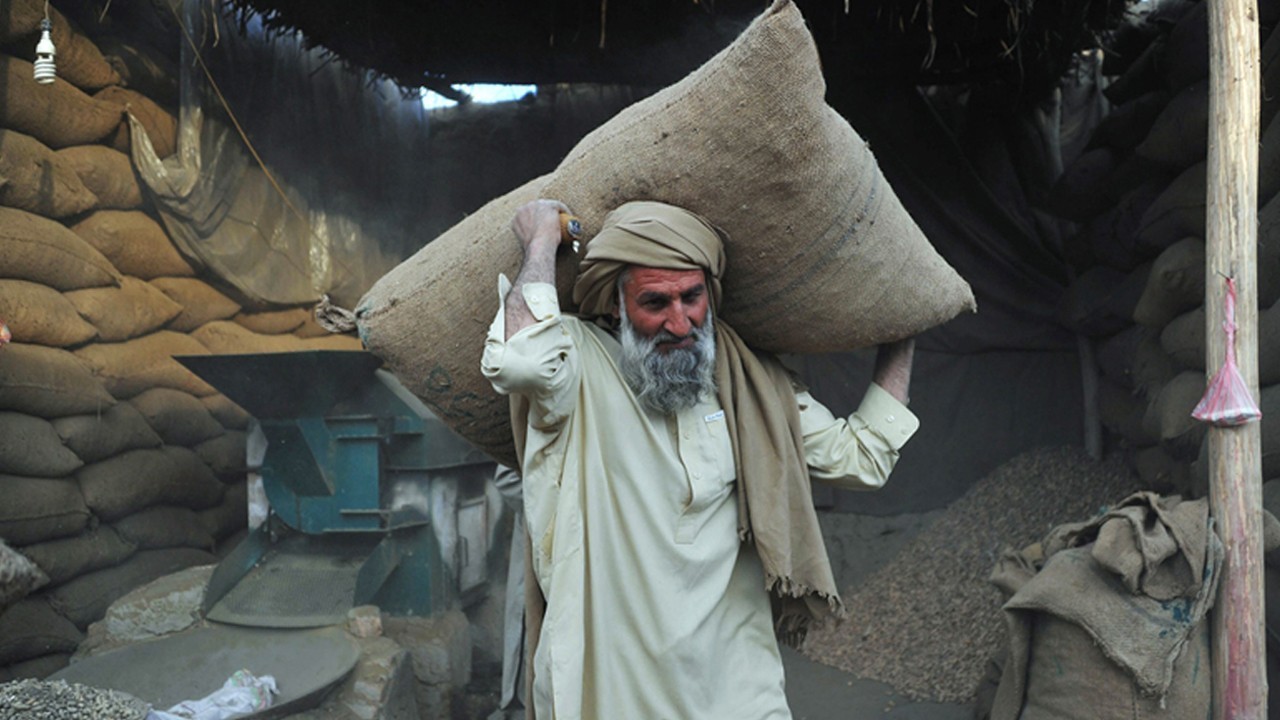
Web Desk
|
14 Jan 2025
With Pakistan facing a financial crunch, netizens sparked a debate over what defines middle-class status, discussing how much income or access to basic amenities and luxuries is required to categorise someone as middle class or lower.
Many criticised those earning a substantial Rs 250,000 monthly yet labeling themselves as ‘lower middle class,’ pointing out that a considrable portion of the population struggles to afford basic necessities like food on much lower incomes.

Others argued that income brackets alone cannot determine social class in Pakistan due to the complex economic realities. Rising inflation, new taxes, and varying costs of education and housing make it difficult to draw clear boundaries between social classes.
Families with similar incomes manage vastly different lifestyles depending on their priorities and regional disparities in expenses.
Analyst Umar Javed supported this perspective, presenting data to highlight socioeconomic gaps. He cited that fewer students are enrolled in A-Level programs compared to those in government board schools and noted that only a small percentage of households consume 700 units of electricity, reflecting limited access to higher living standards.
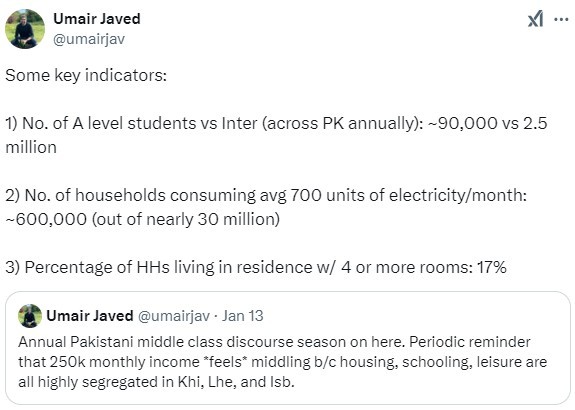
“I don’t think the typical class structure of working, middle, and elite classes applies to Pakistan,” argued X user @MominISheikh. “Many families live hand-to-mouth with struggles comparable to the lower middle class, yet they still have more income than the working class.”
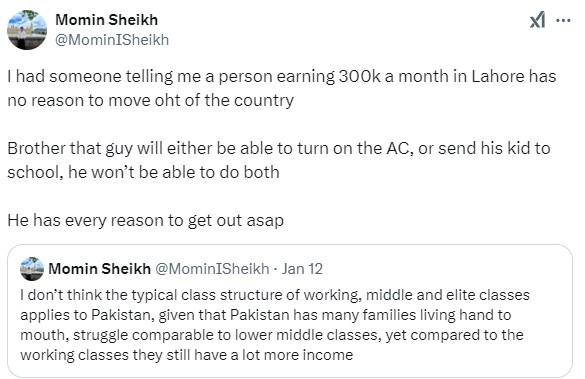
Others shed light on widespread poverty in the country, where children go to school without lunch, and families can’t afford proper medical care for expectant mothers.
They emphasised that those enjoying relatively better lifestyles should not classify themselves as poor or lower middle class, especially when others make far greater compromises just to survive.




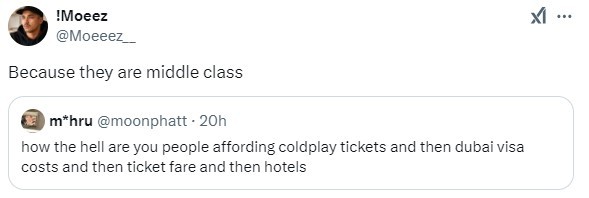


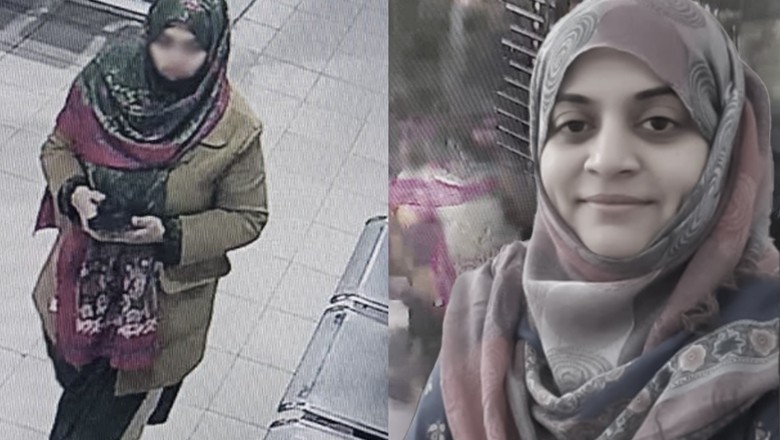





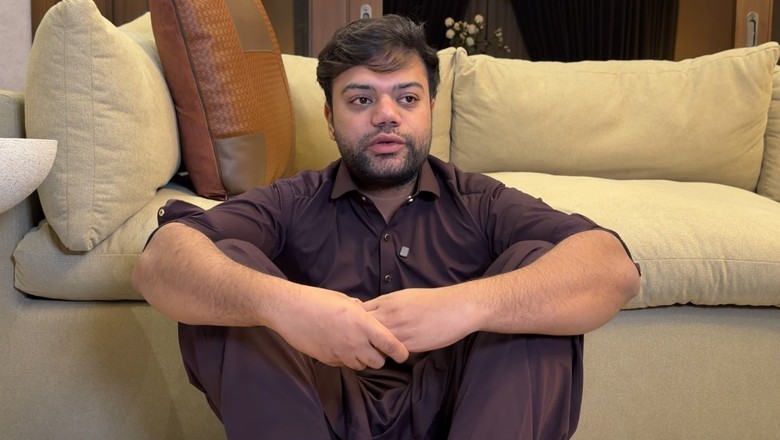

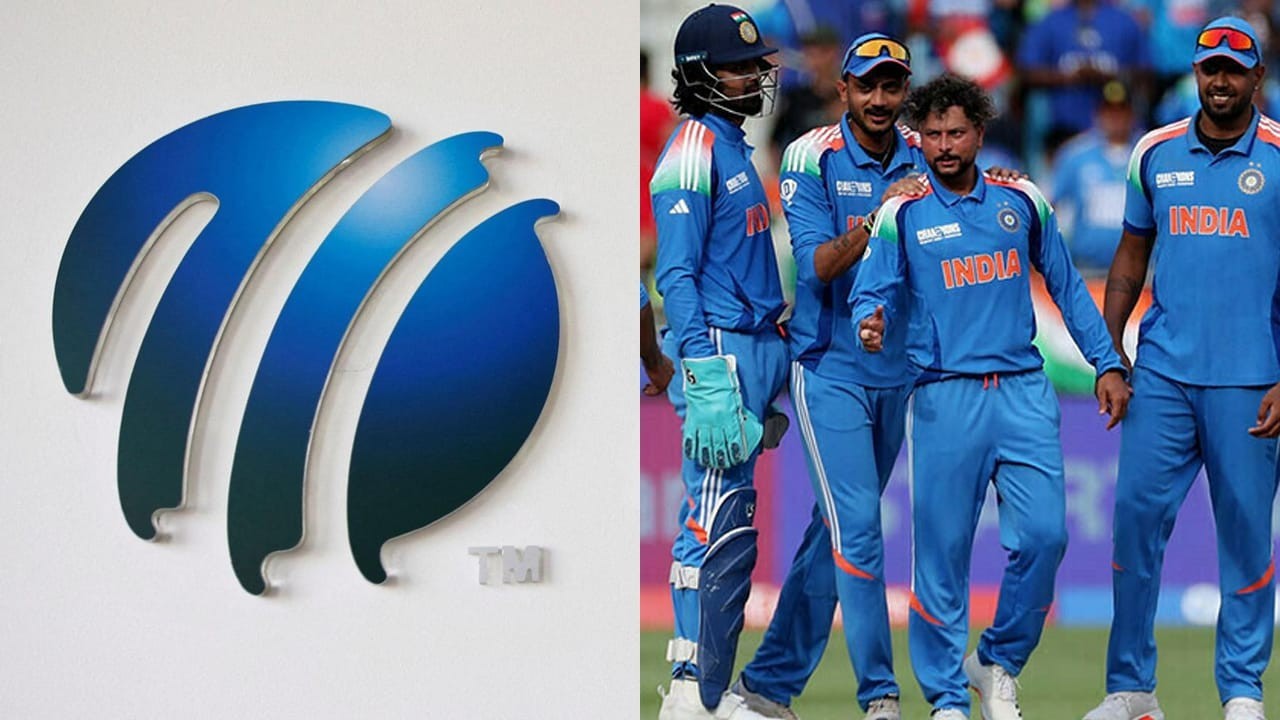

Comments
0 comment